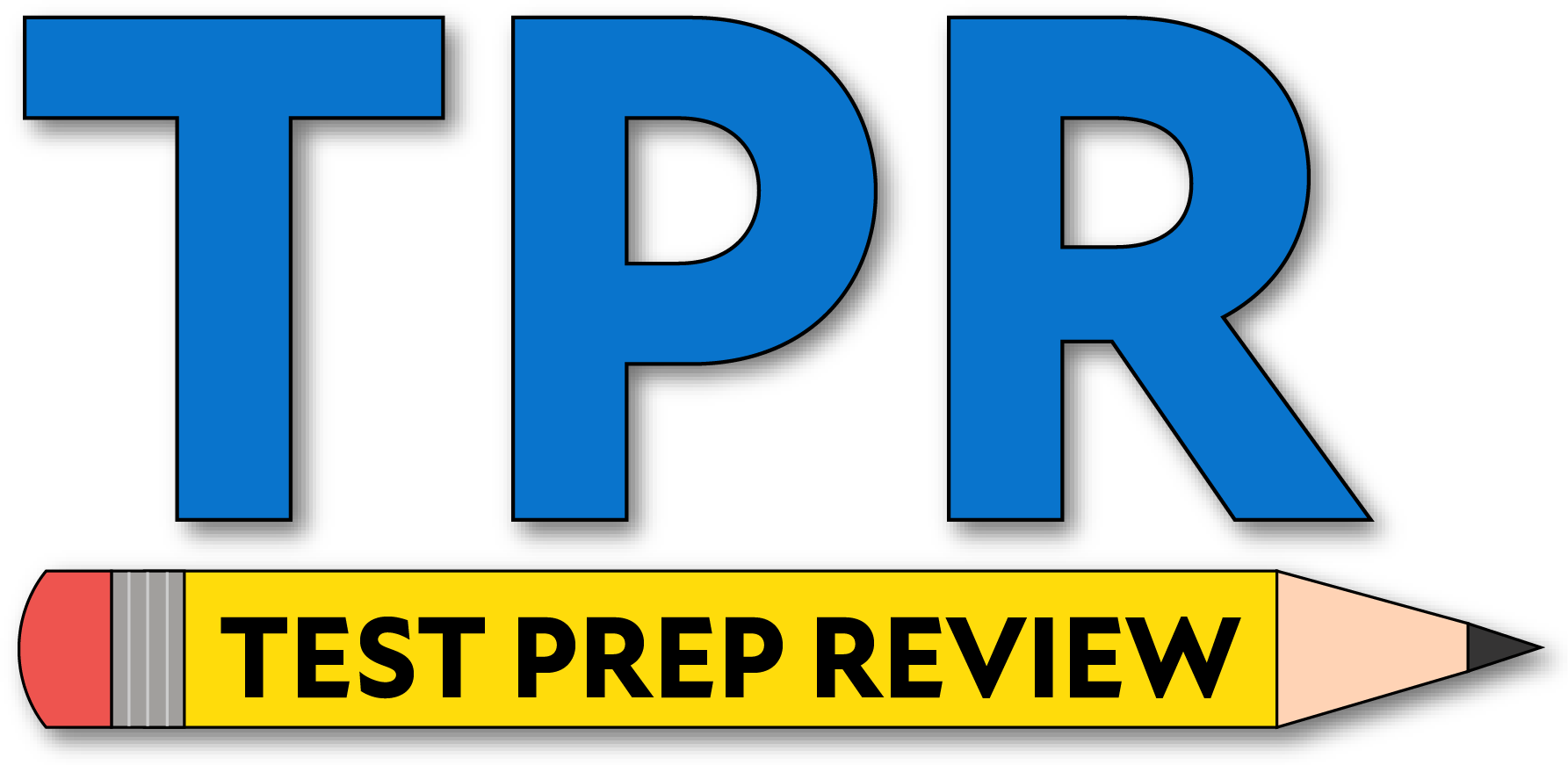Featured Practice Tests
GETTING READY FOR TEST DAY
Preparing for a test isn’t easy, and most test takers have some sort of test anxiety as they prepare. Standardized tests may give you a sense of dread, even when you’re adequately prepared and know you will do well on the test. Through high school, college, and then graduate school, the tests seem to only get more complicated and more important. Preparing for the next difficult test could almost become a way of life. Allow us to help you through these tough times so you can pass the test and regain your life.
Free Practice TestsTEST PREPARATION RESOURCES
There are many resources that you can use as you begin the test preparation process. You will find information about most tests completely free and online at official websites, containing test dates, the types of questions, how long the test will take, and most other questions concerning the details of the test. The internet also provides access to test study guides and free practice tests that will help you prepare as well.
Here, you’ll find a lot of resources and information about the test preparation process. Hopefully you’ll learn the right methods of preparing for the test in your future. Most of your initial studying can come from free online test prep resources.
learn more